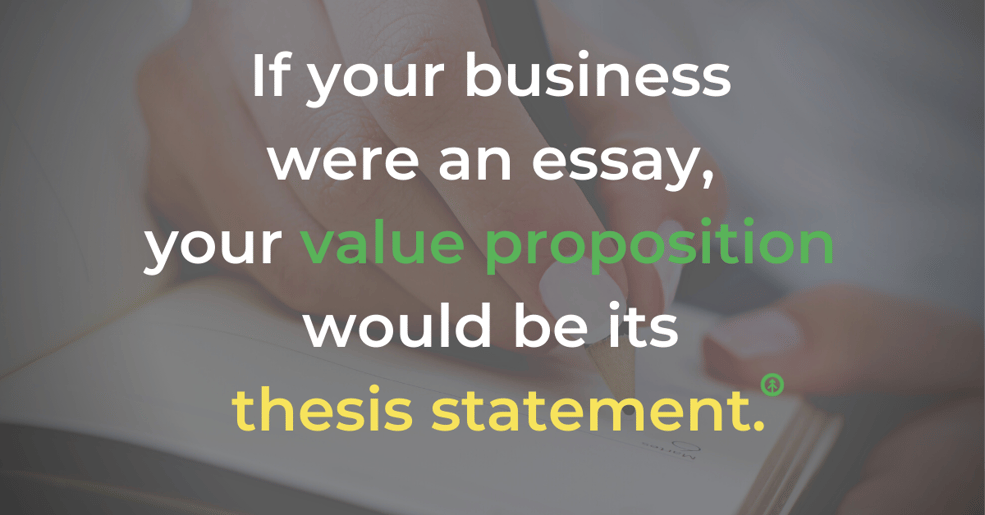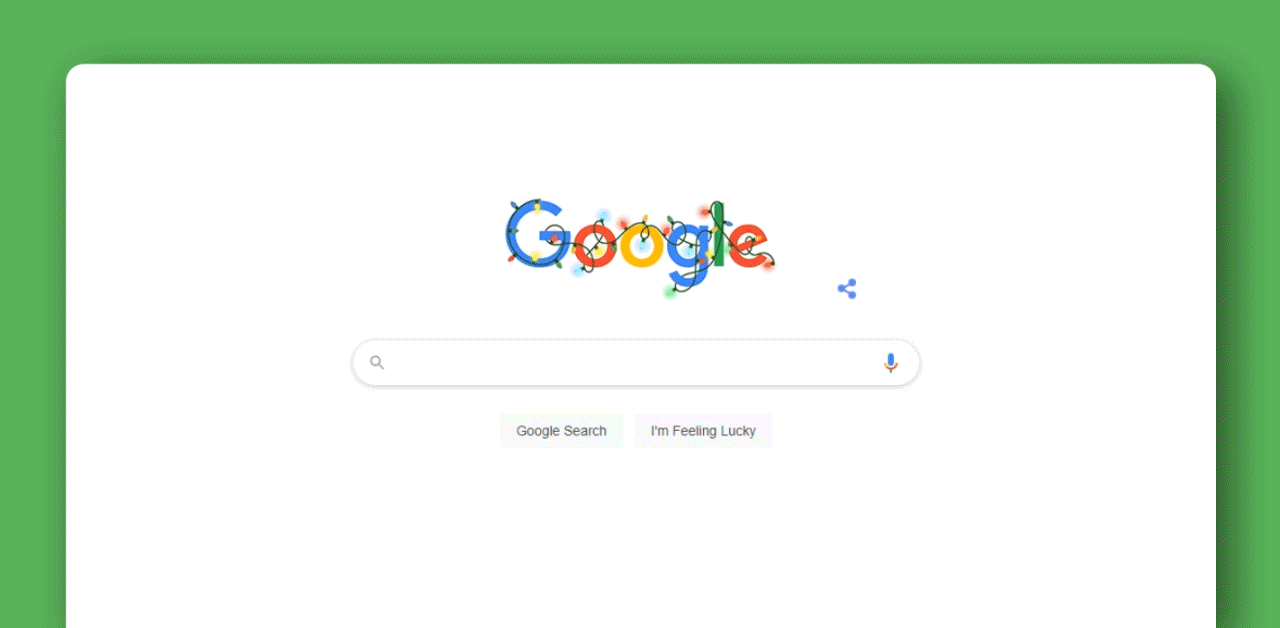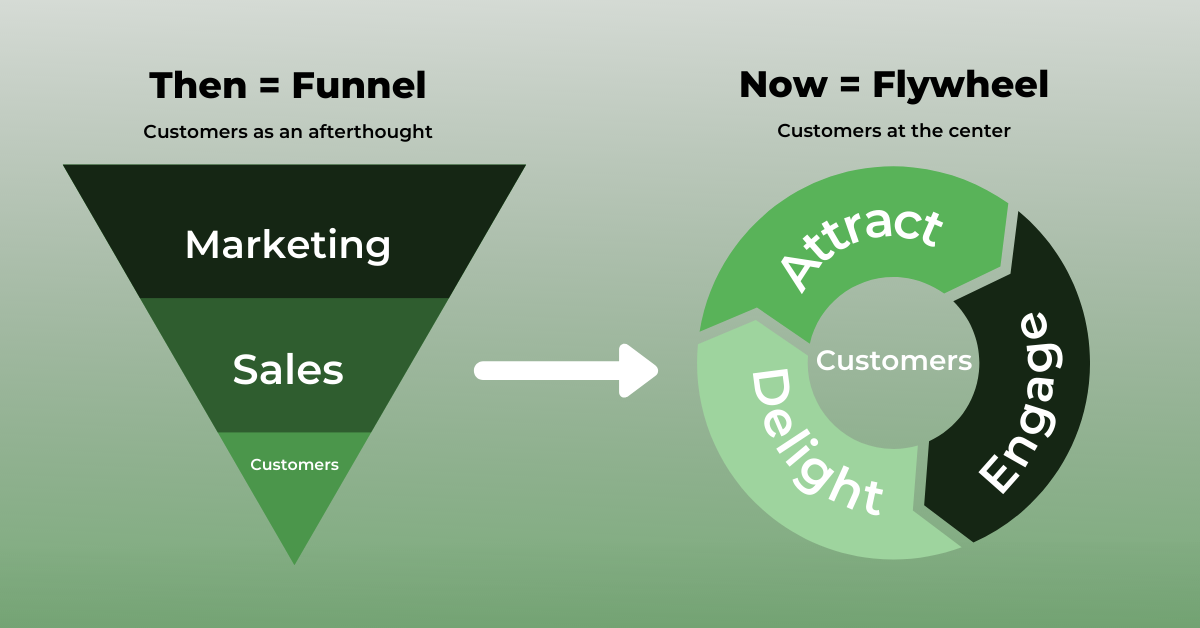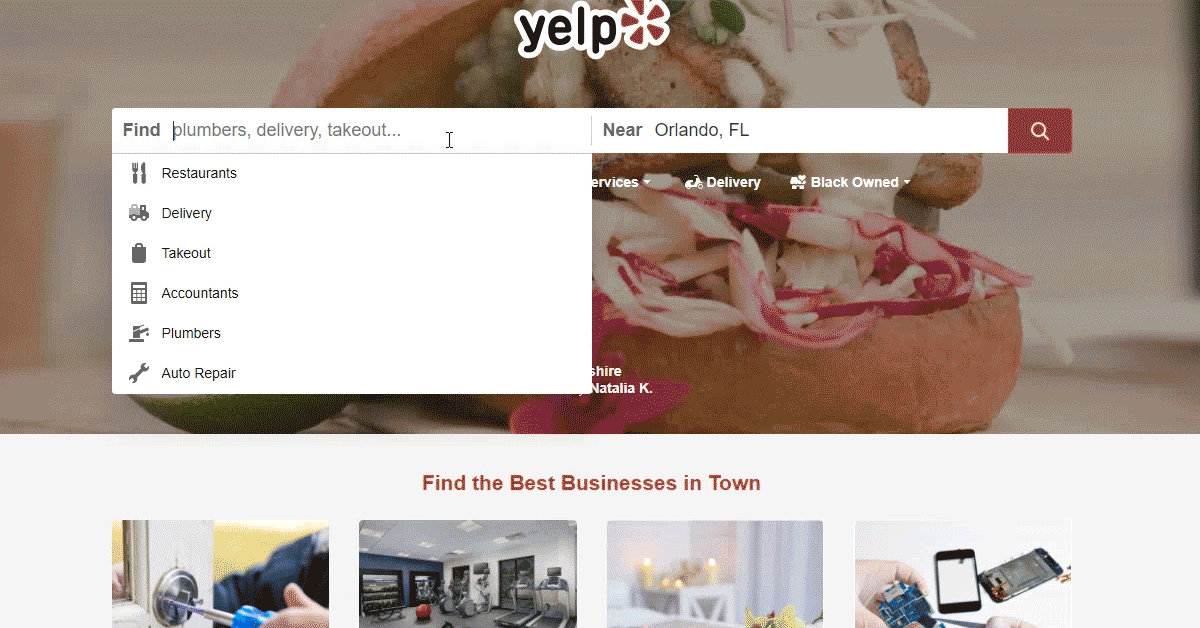How to Define & Write a Business Value Proposition
(last updated April 6, 2022)
A value proposition is one of the most important sentences you'll ever write for your business.
Not only does it clarify how to approach your marketing efforts, but it also helps you clearly articulate why someone would want to buy from your company instead of from a competitor.
As well, it begins the journey from a dream to a successful company.
It describes your ideal customer, the problems you solve, and why you’re better than your competition.
It’s more than a product or service description, a mission statement, a slogan, or a tagline; it’s a vow of value that your ideal customer can expect you to strive to uphold.
If your business were an essay, your value proposition would be its thesis statement, and writing it involves a very similar process.
If it’s been a minute since your last English class, writing a thesis statement involves first outlining what you want to say.

In drafting your value proposition, outline:
- what your business does
- whom it serves, and
- how it’s better than the alternatives.
When you boil these things down, what’s left is a value proposition that can help steer everything from designing your website to hiring a team.
How to Write One
Technically, there are three main parts to a value proposition:
- a headline
- a sub-headline
- a visual element
The headline reveals the benefit your customer receives from choosing to give you their money or time (remember, it’s not a product description. The focus word here is how your customer benefits).
Your headline should be clear and concise, but it can be creative and catchy if that style is part of your brand identification.
The sub-headline should detail what your company offers, whom it serves, and why. Basically, it should be an elaboration on your headline.
A visual element—i.e. a video, infographic, or image—can sometimes show your value proposition better than words alone can. Spend some time thinking about what image you’d like your business to convey then find or create visual imagery to serve as the visual element of your value proposition.
Nature, specifically old-growth forests, represents our value proposition at Growth. You can see that reflected everywhere on our website. It’s meaningful to our clients and our team.
Ask yourself these questions to drill your business down into its value proposition:
- What are my customer's main problems?
- What are the benefits my product or service offers?
- What makes these benefits valuable?
- Connect your product/service value to your buyer's problem.
- What makes my business the preferred provider of this value?
For each of these questions, we have some tips, and here they are:
What are my customer’s main problems?
Ask your customer service reps, marketing specialists, and salespeople. They have the most direct interactions with your customers and can offer specific information about what they ask about most (which reveals what they need the most).
What are the benefits my product or service offers?
List out every product or service you offer and describe its benefits. Each benefit should be clear, concise, and focused on a specific customer need.
What makes these benefits valuable?
Write one sentence that explains why each benefit matters to your customers. Use active nouns and verbs to describe this.
Connect your product/service value to your buyer's problem.
Combine your buyer’s problem with the value of your product or service to illuminate the purpose of your business (your value proposition).
Customer problem + Value of your product/service = Your value proposition
What makes my business the preferred provider of this value?
Determine value: Is there something specific about your customer service that your competition doesn’t offer? Do you offer something for free that your competitors charge for? These are points of differentiation from other businesses in your industry or market that make your value proposition special.

What Makes a GREAT Value Proposition?
- Clear, concise language that shares one main idea.
- Specific Outcomes that your customers can expect to receive from your product/service.
- Defined Points of Difference between you and your competitors so that your customers know what sets you apart.
Our whip-smart thinkers at Growth are passionate about helping you realize your business dreams. Contact us for one dreamy quote.
Explore More Insights: Related Blog Posts
-
 HubSpotSep 27, 2021
HubSpotSep 27, 2021 Growth Marketing Firm
Growth Marketing FirmBreaking Down Data Silos to Unlock Business Growth
(Updated April 5, 2022) The most successful companies use data to inform their business decisions. Metrics...
-
 SEOApr 8, 2020
SEOApr 8, 2020 Ashley Lilly
Ashley Lilly5 Tips to Build A Strong SEO Strategy for your Website
(Last Updated April 22, 2022) The pandemic impacted every industry in some form, from complete shutdowns to...
-
 Sales EnablementMar 25, 2020
Sales EnablementMar 25, 2020 Growth Marketing Firm
Growth Marketing FirmDon’t Quarantine Your Marketing – Let Your Business Bloom
Don’t quarantine your marketing because pressing pause on your business is not an option. The coronavirus has...
-
 Website DesignMar 24, 2023
Website DesignMar 24, 2023 Growth Marketing Firm
Growth Marketing Firm9 Steps to Protect SEO during a Website Redesign
Redesigning your website can be tricky (and scary!) from an SEO standpoint. On the one hand, you're improving...
-
 Inbound MarketingDec 18, 2020
Inbound MarketingDec 18, 2020 Ashley Lilly
Ashley LillyAre you Utilizing Google My Business to its Full Potential?
There are so many ways to increase awareness for your brand, business, or company. But when it comes to your...
-
 Inbound MarketingMay 7, 2021
Inbound MarketingMay 7, 2021 Ashley Lilly
Ashley LillyReplace your Sales Funnel with HubSpot Flywheel
Question: Does your business create content specifically for existing prospects with the purpose to convert...
-
 CRMFeb 28, 2024Rick Barcellos
CRMFeb 28, 2024Rick BarcellosHubSpot Professional vs. Enterprise: Empowering Your Business Growth
In today's fast-paced digital environment, selecting the right CRM platform can significantly impact your...
-
 Inbound MarketingApr 13, 2021
Inbound MarketingApr 13, 2021 Ashley Lilly
Ashley LillyIs Your Business on Yelp?
Did you know Yelp averages more than 178 million unique visitors every month across its mobile, desktop, and...


